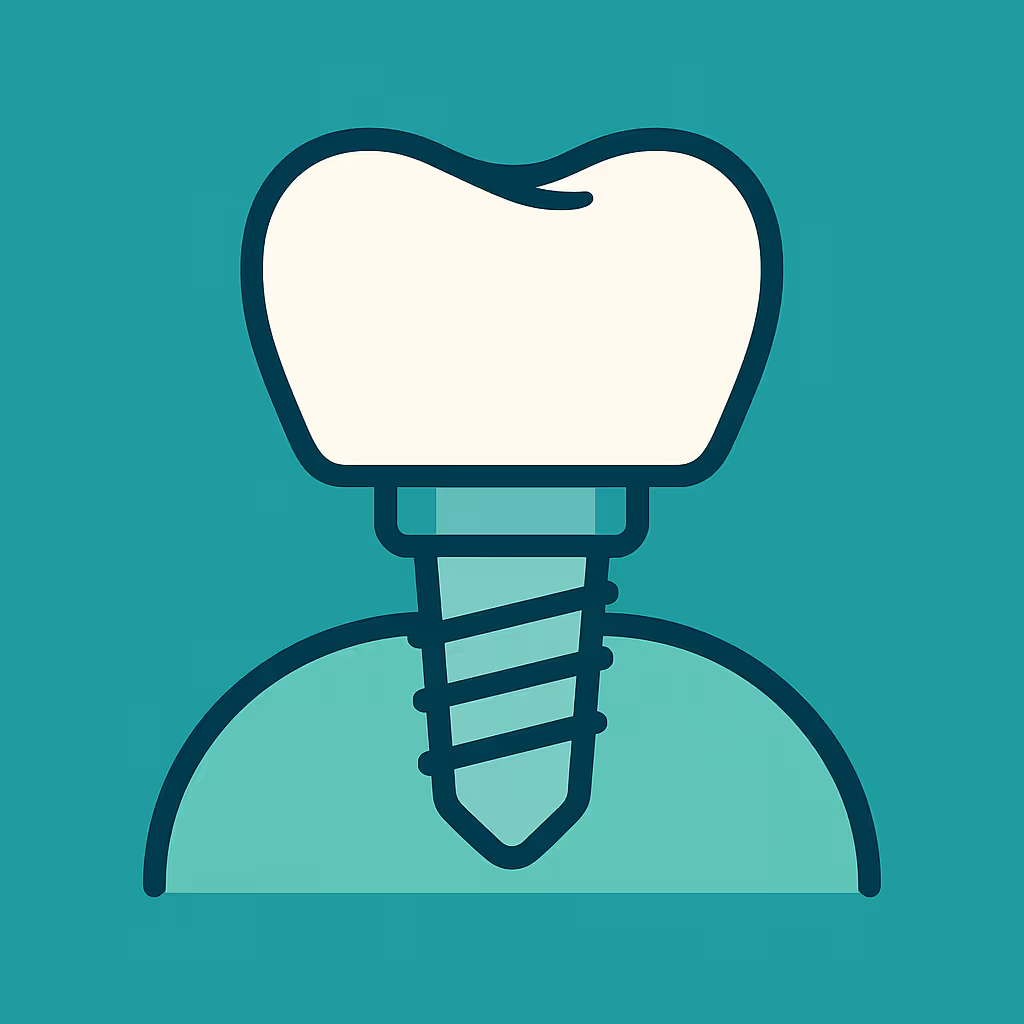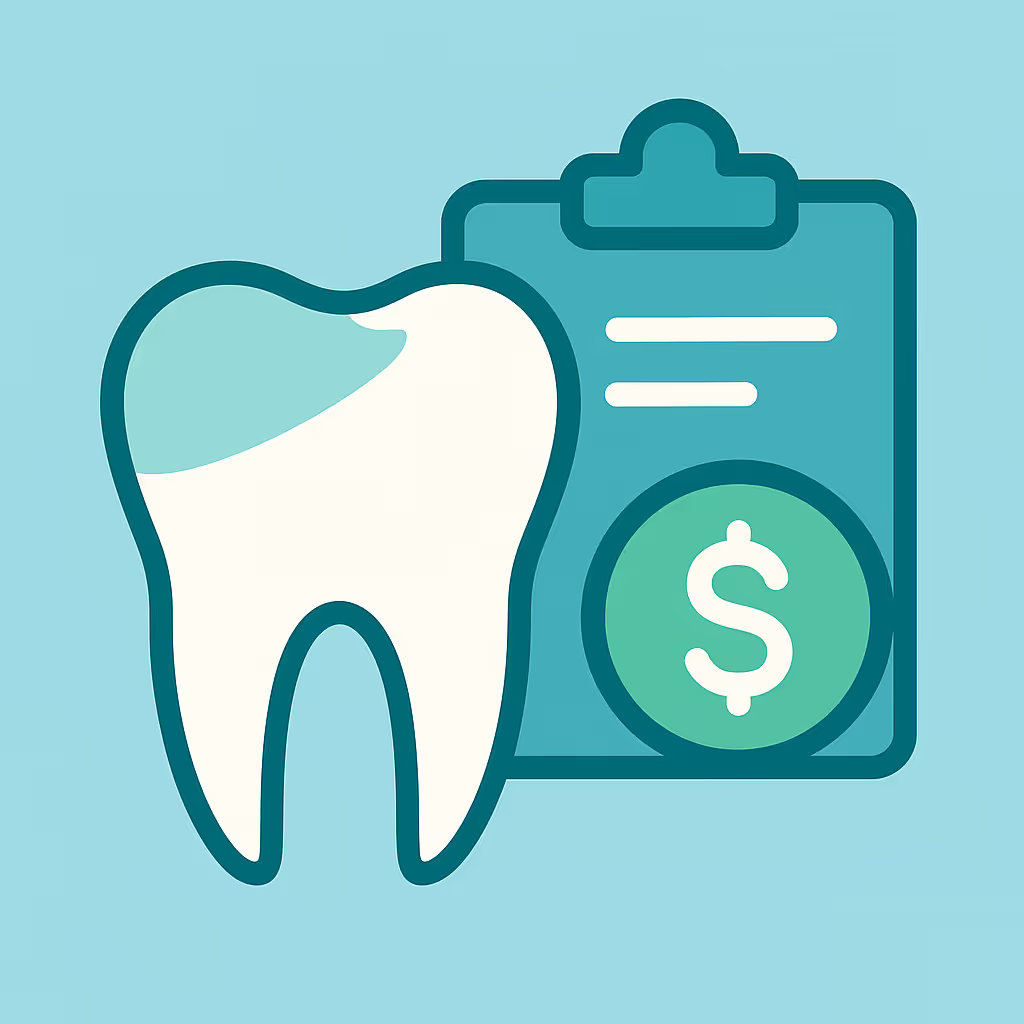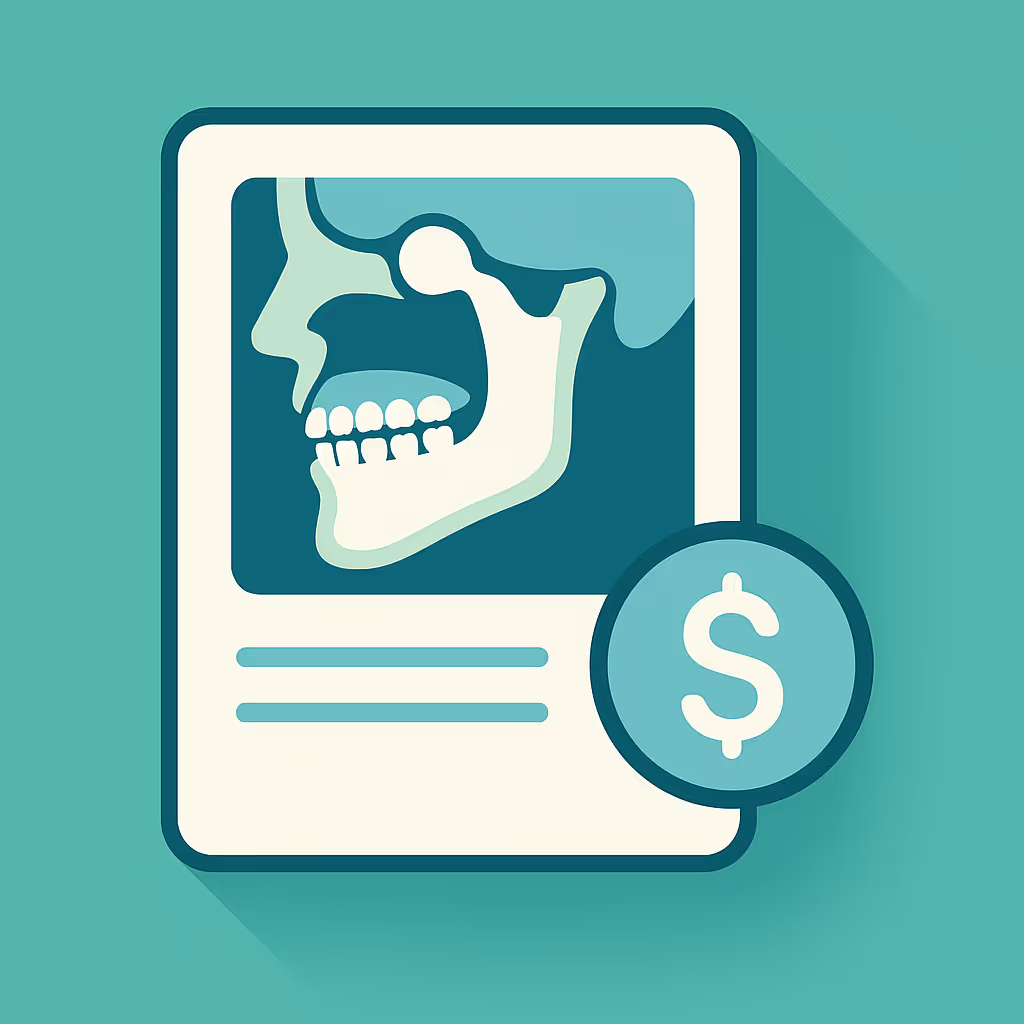Understanding Dental Code D4275
When to Use D4275 dental code
The D4275 dental code is designated for a non-autogenous connective tissue graft, which includes both the recipient site and donor material, for the first tooth, implant, or edentulous tooth position in the graft. This code is used when a patient requires soft tissue augmentation due to insufficient gum tissue, often to improve periodontal health, cover exposed roots, or prepare a site for future restorative work. It is important to use D4275 only when the graft material is harvested from a donor source (such as allograft or xenograft), not from the patient’s own tissue (which would be coded differently, such as D4273 for autogenous grafts).
Documentation and Clinical Scenarios
Accurate documentation is crucial for successful reimbursement. Clinical notes should clearly describe:
- The indication for the graft (e.g., root exposure, inadequate keratinized tissue, or preparation for implant placement).
- The specific site(s) treated and the type of donor material used.
- Pre- and post-operative photos or radiographs, if available, to support medical necessity.
- Details of the surgical technique and healing expectations.
Common clinical scenarios include treating recession defects around teeth or implants, or augmenting tissue in an edentulous area prior to prosthetic placement. Always ensure that the clinical rationale for using a donor graft is well documented, as insurance carriers may request this information during claim review.
Insurance Billing Tips
To maximize reimbursement for D4275, follow these best practices:
- Verify benefits: Before treatment, confirm with the patient’s insurance whether soft tissue grafts with donor material are covered, and if there are frequency limitations or exclusions.
- Submit comprehensive claims: Include detailed narratives, clinical photos, and periodontal charting with your claim. Attach supporting documentation to demonstrate medical necessity.
- Use correct CDT codes: If multiple sites are grafted, use D4276 for each additional site. Do not use D4275 for autogenous grafts—refer to D4273 for those cases.
- Appeal denials: If a claim is denied, review the Explanation of Benefits (EOB) for the reason. Submit a detailed appeal with additional documentation, such as letters of medical necessity and supporting images.
Staying proactive with insurance verification and thorough documentation can significantly reduce Accounts Receivable (AR) days and improve cash flow.
Example Case for D4275
Case: A 52-year-old patient presents with significant gingival recession on the facial aspect of tooth #8, with inadequate keratinized tissue. The periodontist determines that a non-autogenous connective tissue graft is indicated due to the patient’s limited palatal donor tissue and the need for optimal esthetic results. The donor material is sourced from a reputable tissue bank. The procedure is performed, and the patient’s chart includes pre- and post-op photos, a detailed narrative, and a copy of the tissue bank certification.
The dental billing coordinator verifies insurance coverage for D4275, submits the claim with all supporting documentation, and receives approval for payment after initial review. This case highlights the importance of correct code selection, thorough documentation, and proactive insurance communication when billing for D4275.





